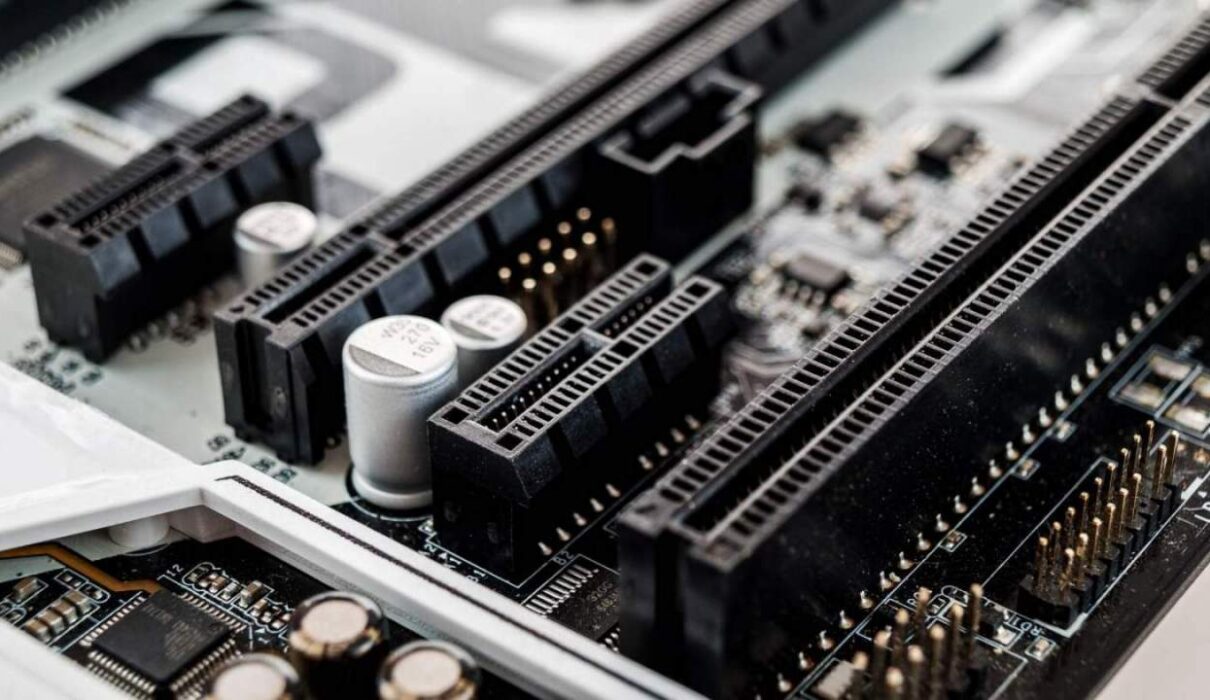PCI Express (PCIE) is one of the fundamental technology on computers from almost every manufacturer. From the laptop to the desktops to the server, PCIE is used to connect SSD, hard drive, graphics card, and network interface to the computer motherboard.
Over the years, the PCI interface has evolved as an industry and its needs have changed. The latest iteration, PCIE 6.0 is a big advanced step, in terms of performance, and will help power the application of large data for the coming years.
According to SaaS Scout, the large data market is expected to reach $ 103 billion in 2023, with internet users making 2.5 quintillion byte data every day. In that environment, it can quickly access the data it is the most important for everyone from individual users to large organizations. The consortium behind PCIe, PCI-SIG, said the 6.0 specification will provide the performance needed to power the new generation of storage applications.
PCI-sig proudly announced the release of PCIE 6.0 specifications less than three years after the PCIE 5.0 specification, “said PCI-SIG chairman and President Al Yanes as part of the announcement.” PCIE 6.0 Technology is a cost-effective and acceptable interconnection solution that will continue to impact In the intensive market of data such as data centers, intelligence learning / artificial machinery, HPC, automotive, IoT, and the military / aerospace, while also protecting industrial investment by maintaining. Rear compatibility with all previous generations of PCIe technology. “
PCIE 6.0 provides up to 64 Gigatransfers per second (gt / s) RAW data, Dupligating 32 GT / S Rate Specifications PCIE 5.0 provided. PCI-SIG said the new spec could reach two-way bandwidth 256 GB / s for the X16 Lanes.
New specifications are also compatible with all generations of previous PCIes, making it easy choice for companies to start implementing it as soon as possible.
PCI-GIS believes new specifications will be very useful for “high performance computing (HPC), data centers, edges, artificial intelligence and engine learning (AI / ML), automotive, Internet of Things (IOT) and military / aerospace and further strengthen PCI Express as an interconnection of defacto for high-speed interface. “

